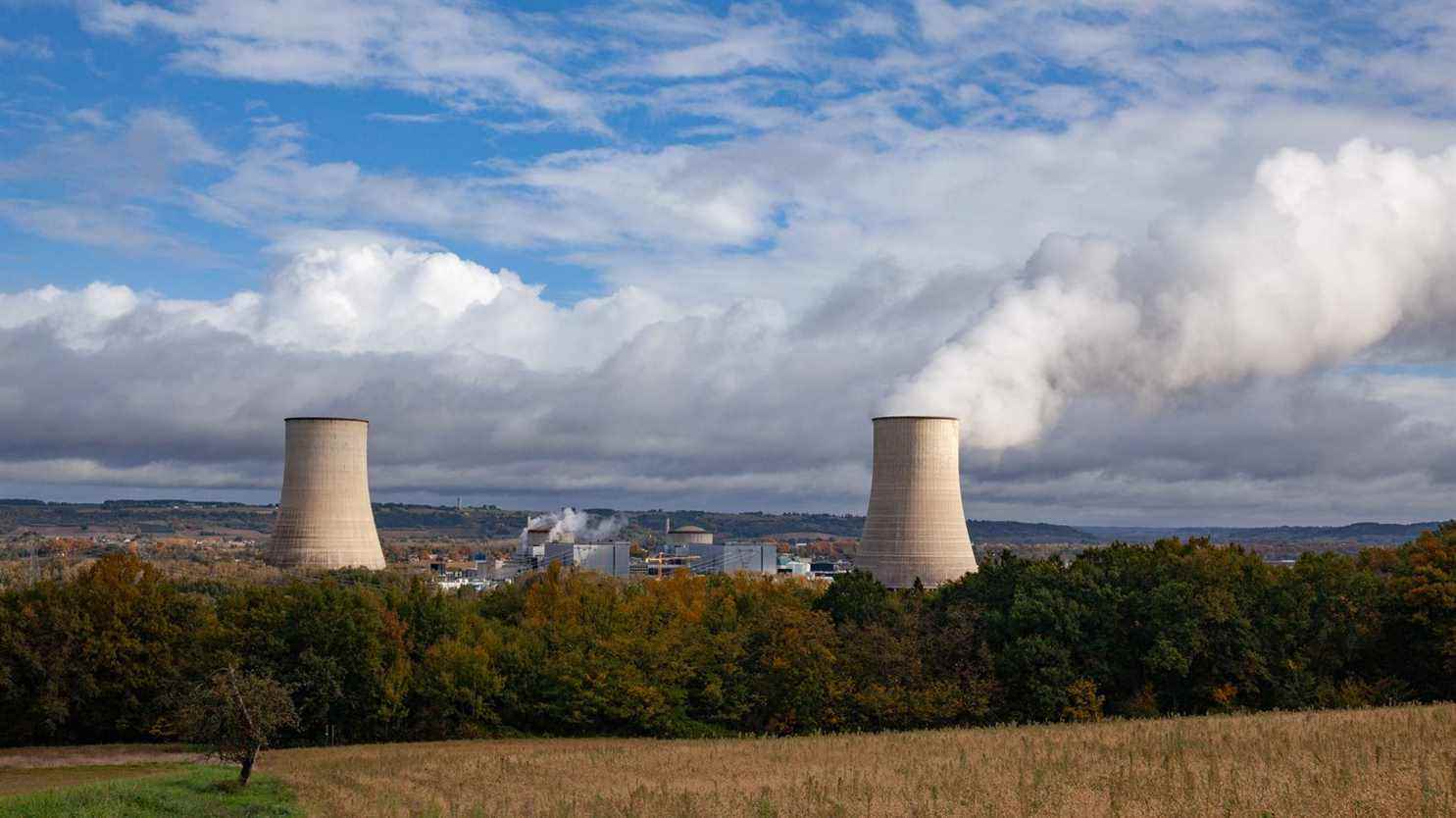“We will, for the first time in decades, relaunch the construction of nuclear reactors.” In a speech with the accents of the presidential program, Emmanuel Macron announced, Tuesday, November 9, the resumption of the construction of reactors in France. The last project, the Flamanville EPR, still in progress, dates from 2007. The Head of State has not, however, given more details, at this stage, on the type of reactors envisaged, the schedule or the location. settlements.
While waiting to know the details of this new plan and while the atom is at the heart of the presidential campaign, franceinfo takes stock of the French nuclear fleet and its weight in the country’s electricity mix.
The power station map
After the closure of Fessenheim (Haut-Rhin) and pending the commissioning of the EPR at Flamanville (Manche), France today has 56 nuclear reactors in operation, spread over 18 power plants. The largest, at Gravelines (North), has six reactors.
The age of the reactors
Emmanuel Macron’s decision on the nuclear issue was expected because the French fleet, commissioned mainly in the 1980s, is aging. Originally, these reactors were designed for a lifespan of 40 years. In February 2021, the Nuclear Safety Authority (ASN) authorized EDF, subject to conditions, to extend this period to 50 years. At present, 49 of the 56 French reactors are over 30 years old.
The share of nuclear power in French electricity production
France is the country most dependent on nuclear energy, according to data from Our World in Data. In 2020, the atom weighed 67.07% of our electricity production, far ahead of hydraulic and wind power.
Greenhouse gas emissions by source of electricity
This is one of the arguments of the President of the Republic: nuclear energy emits very little greenhouse gas, the engine of global warming. Its project aims to strengthen the energy independence of France “to guarantee our country’s electricity supply and achieve our objectives, in particular carbon neutrality in 2050”, he argued. According to data from the IPCC, nuclear generates, in world median value, 12 grams of CO2 equivalent per kilowatt hour, as much as offshore wind and a little more than onshore wind.
